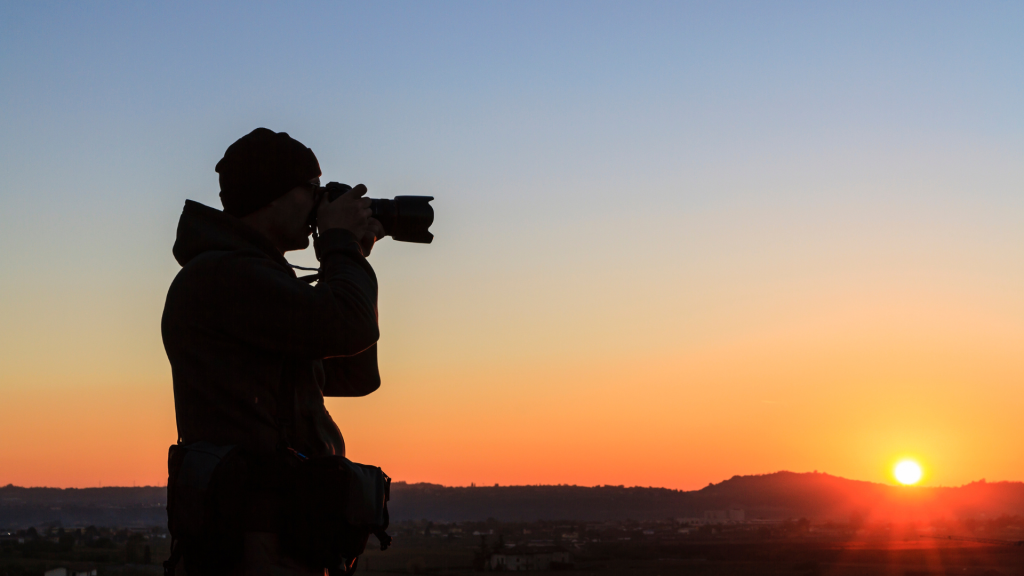With photography, there is a limit to the size of the lens that can fit inside a camera, but it is not always possible to stand close enough to a subject to capture it in enough detail without having sufficient lens capabilities. On this basis, the size of a lens does matter, and where a separate lens can be fitted, it should.
So, this article will examine the different separate lenses that are available for 35mm SLR cameras or DSLR cameras, that rely on separate lenses to bring subjects closer.
50mm
The standard lens for a 35mm camera is 50mm. That is for a 35mm camera with a diagonal of 43mm. Focal lenses that vary between 40 and 58mm are also considered to be normal lenses by definition. When comparing a 35mm lens with a 50mm one it can be said that the 35mm lens will serve you better if you are working within a tight space and wish to capture more of your scene in a single shot. A 50mm lens is a better option if you would rather go for a greater focal length.
Telephoto
A telephoto lens will allow you to capture what is too far away for you to get close to. This can be useful when photographing wildlife, where your subject would feel wary of your presence. You want your photograph to be as close as possible to show off the animal to its best but, at the same time, you do not want to spook the animals or put yourself in any danger from them. The kinds of photographs that you see used on wildlife calendars have been taken using these kinds of lenses. How else would someone sensibly get so close to a tiger in its natural environment?
Zoom
A zoom lens differs from a telephoto lens in that it has a variable focal length that will typically range from wide to long. Many professional photographers specializing in photographing sports will have long lenses that are also capable of wide-angle photography, to capture as much of the action as possible. They may want to, for instance, capture the action of more than one player in a single shot. That way, the action they are shooting makes more sense to the person ultimately viewing the photograph on the back page of a newspaper. Interestingly, many people will read a newspaper backwards to check out the sports pages first. Where there are crowds, you will want to position your lens through them or above their heads, but the distance you are away from action might not be so important if you have a zoom lens fitted to your camera. Although, having said that, photographers do tend to get the front seats at sporting events. Lenses are, after all, only capable of so much. To hold a long and heavy lens still for any length of time is no mean feat. This is why you will see professional photographers stabilize their cameras on tripods or flat surfaces. The swivel action that tripods offer will allow a photographer to tilt the camera up, down, left, or right, and quickly.
In conclusion, as with most things, size does matter when it comes to the lenses used in photography. This is where the stand-alone camera has the edge over the mobile phone. Your phone might be good for quickly capturing a shot, and for its portability, but a camera capable of having a long and separate lens fitted to it will always obtain better quality distant shots. Artificial zooms or zoom effects applied later are not the same as a proper optical zoom that allows for a photograph to be blown up to a larger scale and be as clear in poster size as it was as a 6” x 4” photograph, whether that be digitally or in print.


